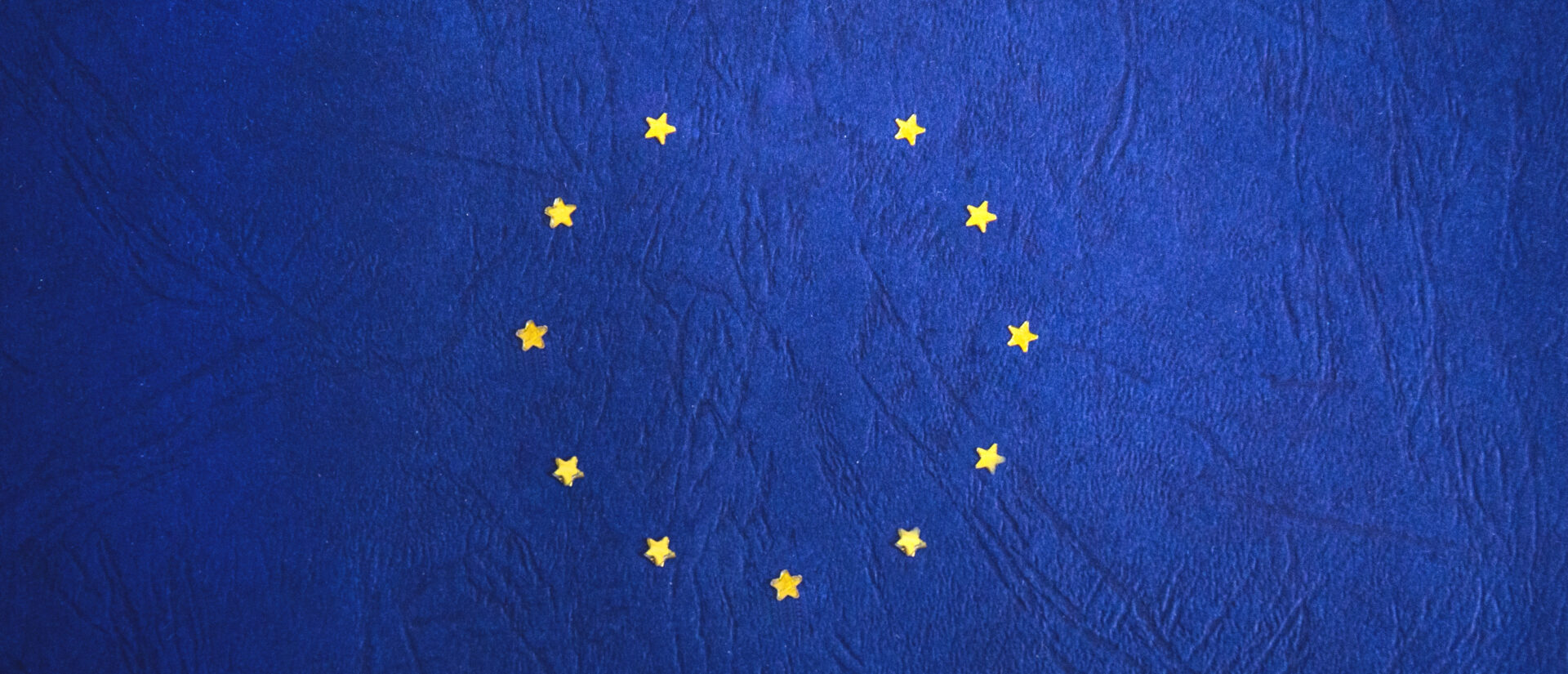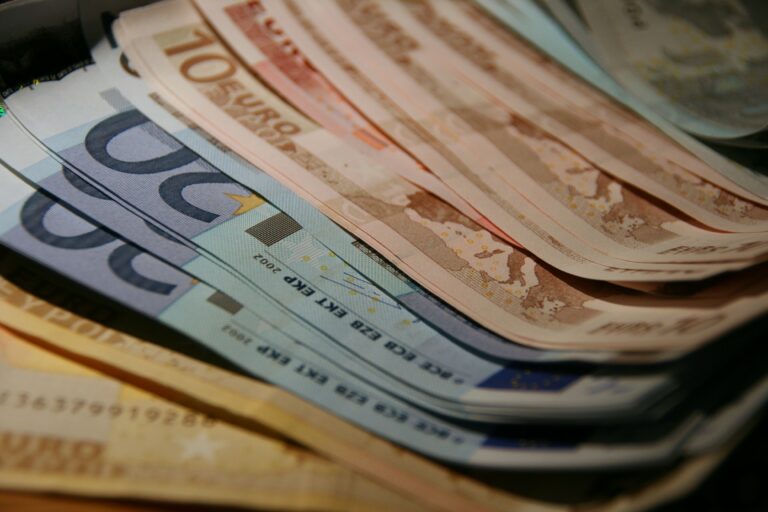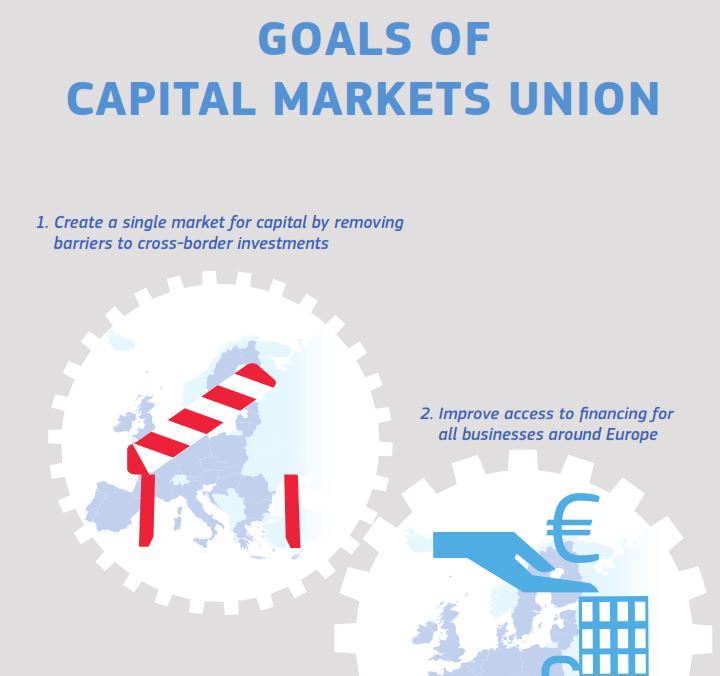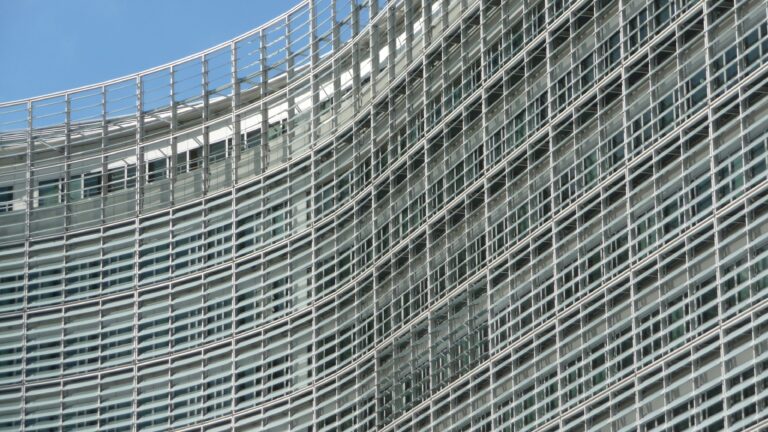
If Quantitative Easing is the Only Game in Town
The ECB has considerably expanded its Quantitative Easing programme, in order to trigger growth and prevent deflation in the Eurozone. It is doubtful whether the programme will reach its goals, but Draghi is buying time by preventing a bankruptcy of the highly indebted member states. However, as long as austerity is imposed, growth will remain sluggish.
The side effects of the programme, in particular the zero interest rate, create new problems and will provoke conflicts, first and foremost with the biggest player, Germany. In the meantime, no long-term solutions have been worked out, leading to potentially chaotic developments in the future.
The Eurozone is now in its fifth year of stagnation after the heavy recession that followed the 2008 financial crisis. It is heading towards a lost decade. Since World War II, Europe hasn’t witnessed such a long period of weak growth. At the same time, the spectre of deflation continues to haunt the Euro area, while unemployment remains high in the crisis countries. Under these circumstances, the European Central Bank (ECB) has taken further “unorthodox” measures to trigger growth and investment and to push inflation up to 2%. In March 2016, the ECB:
• Lowered the key interest rate for the Eurozone from 0.05% to 0%, resulting in very low or zero interest on saving accounts and cheap credit
• Raised the interest rate for money that private banks deposit at the ECB from 0.3% to 0.4%
• Increased the volume of bonds that it purchases monthly from 60 bn. euros to 80 bn. The overall amount of this “quantitative easing”, as this flooding of markets with money is referred to, will reach 1.74 trillion euros by 2017
• Enlarged the range of eligible bonds that it can purchase to the bonds of regional and local authorities, as well as bonds from private corporations with a high rating (investment grade)
• Will open, from June 2016 onwards, four special credit lines (Targeted longer-term refinancing operations – TLTRO II) for long-term credits to banks at -0.4% interest, which means banks can earn money, simply by lending from the ECB.
These measures have been criticised (see also below), as there are serious doubts as to whether they will have the desired effect on growth and inflation. Looking at the rates since 2014, when this type of policy started, there was 0.9% growth in the Eurozone, compared to 2.6% in the UK and 2.4% in the US. In 2015, there seems to have been a slight improvement, with a growth rate of 1.5%. However, this was mainly due to the performance of Germany at 1.7%, while the UK and the US were still ahead at 2.2% and 2.5% growth, respectively, according to the IMF World Economic Outlook from January 2016.
As far as the inflation rate of the Eurozone is concerned, it has remained below the 2% target since October 2013. In February 2016 it was -0.2%; in March 0%(opens in new window) . The low oil prices are not an adequate explanation, as the trend started well before the cheap oil period. A successful fight against deflation looks very different.
In 2016, with more of the same, most economists doubt whether monetary policy alone will be able to turn the tide, given the depth of the economic crisis: “The fact that monetary policy is the only game in town is problematic,” wrote Lorenzo Smaghi, former member of the ECB Executive Board in the Financial Times (04.03.2016, p. 9). There are no other monetary instruments left. The fire brigade is running out of water. Therefore, the ECB has been urging politicians to do more, such as increasing public investment or raising wages in the export countries. And Joseph Stiglitz has criticised(opens in new window) that the roots of the problems are not being tackled at all: “The underlying problem – which has plagued the global economy since the crisis, but has worsened slightly – is lack of global aggregate demand.”
Who benefits?
Although the official objective of these unconventional policies might be out of touch, there are nevertheless some important benefiters: namely, highly indebted countries such as Italy, Spain etc. With zero interest rates, debt service is no longer a problem. The risk of state bankruptcy is removed – at least for a while. The great hope is that this buying of time could be used for reforms which will make the crisis countries recover and fit for repaying their remaining debt. It is this hidden agenda which explains why Draghi is so determined to continue on his path, in spite of heavy criticism.
However, he is faced with a basic dilemma: all reform attempts still follow the logics of the fiscal pact – and this means austerity, and austerity breaks with growth. The austerity approach has proven to be part of the problem, not the solution. Therefore, many economists argue that Draghi is only postponing the burst of the credit bubble in the crisis countries by keeping their “zombie banks” alive.
Some sectors of the financial industry are also benefiting from the warm rainfall of cheap money. However, this mainly goes into financial speculation instead of real economy investments. As the financial industry still has problems in adapting to the post-crisis environment, the ECB is offering them a certain level of relief and also providing some secure profits without effort.
Collateral damage
However, the gifts from the ECB come with a flip side: the low interest rates make many banking business models obsolete. This includes entire sectors, such as German saving banks, which had always relied on good, old “boring banking”. Now they are running into serious difficulties, because the low interest rates are reducing profit margins between providing credit and savings accounts. This is not a minor problem. Just under 600 institutions are organised into a common holding, which, with a turnover of 2.7 trillion euros and 50 million clients, is a very important pillar of the financial system. Banks in other euro countries have also complained that their profitmaking is being reduced, which means that they will only be able to slowly increase their capital buffers. However, large capital buffers are a decisive tool for making banks less crisis-prone.
Private pension funds and insurance firms also suffer from the zero interest rate. For instance, German life insurance firms, which very often serve as private pension schemes, were able to guarantee 4% minimum interest rates per year for their pensioners before the crisis. After paying into such a fund for 20 years, the interest could easily amount to more than 100,000 euros. In April 2016, the minimum rate secured by law was lowered to 0.9%. Against the backdrop of an aging population and neo-liberal propaganda for private pension schemes over the past two decades, this problem has the potential to become political dynamite.
Because the business models that depend on interest rates are becoming obsolete, the financial industry is under pressure to look for new sources of revenue. Many of them will therefore be inclined to take more risks. In other words, ECB measures to keep the economy of the Eurozone stable could turn into a stability risk for the financial system. One such path into the abyss could lead through a real estate bubble. Given vanishing profit opportunities, too much money is now going into housing.
The zero interest rate has also distribution effects. While ordinary people hardly receive any interest on their savings, big assets are still capable of generating revenues: “QE (Quantitative Easing’) has benefited holders of financial assets by boosting the prices of stocks, bonds, and real estate; it has also fueled rising inequality,” Nouriel Roubini wrote recently(opens in new window) .
Draghi’s conflict with Berlin
Once the side effects of the ECB strategy leads to collateral damage that threatens the interests of major players in the Eurozone, conflict will become inevitable. And this is what has happened, opening a new front line beyond the already existing frictions in the EU.
German elites are split over the ECB’s policies. Since 2011, two German members of the ECB Executive Board, Jürgen Stark and Jörg Asmussen, have resigned from their posts. Mainstream neo-liberal economists and most of the German media are very critical of Draghi’s policies. The present head of the Bundesbank, Jens Weidmann, who is often isolated in the votes of the ECB Executive Board, has also regularly voiced criticism regarding ECB policies.
However, Merkel and Schäuble have tacitly always accepted Draghi’s crisis management. Apparently, they understood that this was the only way left to prevent the total collapse of the Eurozone. A “creative” interpretation of ECB rules by Draghi has been the smaller evil for them. Social Democrats and the (few) Keynesian proponents have praised Draghi as the saviour of the euro.
But now it seems that Berlin is getting nervous. While they could live with the implicit support of the crisis countries by now, the zero interest rate is directly hitting the German economy. There is growing dissatisfaction from the banking lobby and the media. The exploitation of the problem by right-wing populist forces is particularly dangerous. In April, Schäuble said (opens in new window) that 50% of the success of the new right-wing populist party AfD can be attributed to the ECB. Although this is pure populism itself, it also shows that divergences between Berlin and the ECB, which once merely smouldered underground, are now beginning to surface.
Waiting for Godot
The ECB is not only buying time for the crisis countries, but for the rest of the EU. However, nobody is willing or able to use the time for an initiative that can end the Eurozone’s economic crisis. It seems as though everybody is waiting for something to happen while doing business as usual – or worse, going back to deregulating the financial sector (see this newsletter article on the CMU). The existing mechanisms and institutions, the European Commission, the Council with the heads of state and the EU Council of Finance Ministers, are completely overstrained and unable to cope with the challenges. In this way, buying time while nothing happens will end up as Waiting for Godot.
The more substantive solutions are protracted, the greater the chance of an explosive and chaotic outcome. Of course, the deeper the crisis, the more radical solutions have to be. Joseph Stiglitz(opens in new window) put the alternatives as follows: “The euro was supposed to unite Europe, but it split Europe. The best way to get out of this would be fostering cooperation. But if this is not possible, a dissolution of the Eurozone should be considered. The least painful way would be the exit of Germany.”
Do you need more information?
-

Myriam Vander Stichele
Senior Researcher
Partners
Related content
-
 Update on CMU: heated debates on spreading the risks of loansPosted in category:NewsPublished on:
Update on CMU: heated debates on spreading the risks of loansPosted in category:NewsPublished on: -
 The Capital Markets Union: Where it’s at and what is worryingPosted in category:NewsPublished on:
The Capital Markets Union: Where it’s at and what is worryingPosted in category:NewsPublished on: -

-
European Capital Markets Union Published on:J. MüllerPosted in category:PublicationJ. Müller

-

-
 The EU proposal for a Capital Market Union: The forceful comeback of the bankersPosted in category:NewsPublished on:
The EU proposal for a Capital Market Union: The forceful comeback of the bankersPosted in category:NewsPublished on:

